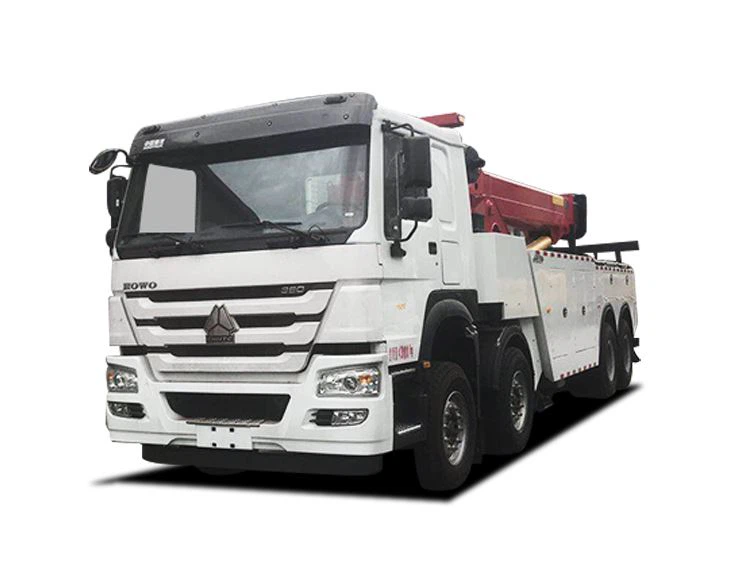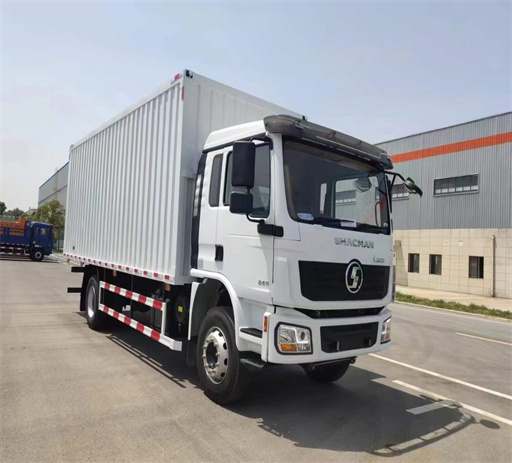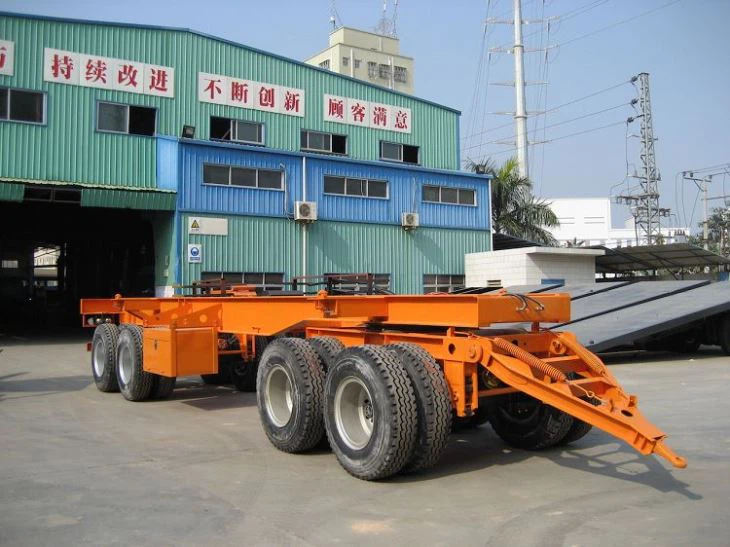Labrie Trash Truck: A Comprehensive Guide for Waste Management Solutions

Introduction
The Labrie trash truck has earned a reputation as a robust and efficient vehicle for waste management. Known for its innovative design and superior functionality, Labrie vehicles have become essential tools in the garbage collection industry. This article explores the different aspects of Labrie trash trucks, including their features, types, benefits, maintenance, and how they stand out in the industry.

Understanding Labrie Trash Trucks
What is a Labrie Trash Truck?
A Labrie trash truck is a specialized commercial vehicle designed to collect garbage and manage solid waste. These trucks are equipped with advanced hydraulic systems, efficient compactors, and ergonomic designs that facilitate efficient waste collection and disposal.
History of Labrie
Labrie has been an industry leader in waste collection technology for several decades. Founded in 1961 in Quebec, Canada, the company started with a vision to enhance the efficiency of waste management through innovation. Over the years, Labrie has evolved its designs and technology to meet the changing needs of cities and municipalities.
Key Milestones
- 1961: Founding of Labrie.
- 1970s: Introduction of the first automated collection vehicles.
- 2000s: Launch of environmentally friendly models.
- 2010s: Expansion into international markets.
Types of Labrie Trash Trucks
1. Side Loader Trucks
Side loader trucks are designed to collect waste from the side of the vehicle. They utilize automated arms for easy operation, making them ideal for urban areas with tight spaces.
2. Rear Loader Trucks
Rear loader trucks operate by collecting waste from the rear. They are equipped with compactors that compress the waste, allowing for higher loads and greater efficiency.
3. Front Loader Trucks
Front loader trucks are generally used for commercial waste collection. They feature large forks that lift dumpsters and containers. They are popular for their high loading capacity and speed.
4. Compaction Trucks
These trucks primarily focus on compressing waste as it is collected. This feature minimizes the volume of waste and maximizes payload efficiency.
Key Features of Labrie Trash Trucks
1. Innovative Design
Labrie trucks come with ergonomic designs that are user-friendly for operators. The layout of controls and seating promotes comfort and enhances productivity during routes.
2. Hydraulic Systems
The advanced hydraulic systems in Labrie trucks facilitate smooth and efficient operations, ensuring that the lifting and compacting processes are performed with minimal effort.
3. Durability and Reliability
Constructed with high-quality materials, Labrie trash trucks are built to withstand the harsh conditions of waste collection. Their durability translates to a longer lifespan and lower maintenance costs.
4. Eco-Friendly Options
With a focus on sustainability, Labrie offers models that work on alternative fuels, reducing emissions and environmental impact significantly.
Benefits of Using Labrie Trash Trucks
1. Enhanced Efficiency
With their innovative designs and technologies, Labrie trucks ensure quicker collection times and higher productivity, which is essential for waste management companies.
2. Cost-Effective
The durability and efficiency of Labrie trucks reduce long-term operational costs, saving money for municipalities and waste management companies.
3. Improved Safety Features
Designed with safety in mind, these trucks often include features such as automatic shut-off, backup cameras, and lower centers of gravity, reducing the risk of accidents during operations.

4. Operator Comfort
With ergonomic designs and comfortable seating, Labrie trucks help reduce operator fatigue and improve overall job satisfaction among waste collection staff.
Maintenance of Labrie Trash Trucks
Routine Maintenance Tasks
- Regular oil checks and changes to ensure smooth operation.
- Inspecting hydraulic fluids and components for leaks.
- Checking tire pressure and tread depth for safety.
- Cleaning and maintaining compaction systems.
Common Issues and Solutions
Hydraulic Failures
Regular inspection of hoses and fittings can prevent costly hydraulic failures. Always replace worn parts immediately.
Electrical Problems
Keeping connections clean and secure helps prevent electrical issues. Regularly check battery health and connections.
Compaction Malfunctions
Ensure that compaction mechanisms are regularly cleaned to avoid debris buildup that can cause malfunction.
Choosing the Right Labrie Trash Truck
Consider Your Needs
Understanding your waste collection needs is essential. Evaluate your typical load sizes, types of waste, and the geography of the areas you service.
Evaluate Vehicle Features
When choosing a Labrie truck, consider the following features:
- Type of compaction system.
- Fuel efficiency and eco-friendly options.
- Operator comfort features.
Budget Considerations
Set a budget before exploring options. Remember to consider both initial purchase costs and long-term maintenance and operational expenses.
Case Studies of Labrie Truck Usage
City of San Diego
San Diego implemented Labrie trash trucks for their solid waste management program, resulting in a 25% increase in collection efficiency and a 15% reduction in operational costs.
New York City’s Waste Management
New York City adopted Labrie’s front loader trucks to ease collection from densely populated areas, which improved overall service delivery and reduced collection times.
Future Trends in Waste Management and Labrie Trucks
Technological Advancements
Emerging technologies, such as autonomous vehicles and smart waste management systems, are expected to integrate with Labrie trash trucks in the future, further enhancing their efficiency.
Sustainability Initiatives
The trend towards eco-friendly waste management solutions continues to grow. Labrie’s commitment to sustainable practices positions them well for the future.
FAQ Section
1. What type of industries benefit from Labrie trash trucks?
Industries including municipal waste management, commercial services, and large-scale environmental management benefit greatly from Labrie trash trucks.
2. How often should Labrie trash trucks be serviced?
Routine maintenance should be performed every 250 hours of operation or as recommended by the manufacturer to ensure optimal performance.

3. Are Labrie trash trucks environmentally friendly?
Yes, many Labrie models are designed with eco-friendly features, including alternative fuel options and efficient compaction mechanisms that minimize waste volume.
4. What warranty options are available for Labrie trash trucks?
Warranties vary by model but typically cover major components for a certain number of years or hours of operation. Always check with the supplier for specific warranty details.
5. Can Labrie trash trucks handle hazardous waste?
Specialized models exist to handle various types of waste, including hazardous materials, but operators must follow regulations and guidelines for handling such waste.
6. Where can I purchase Labrie trash trucks?
Labrie trash trucks can be purchased through authorized dealers, and interested buyers should consult the Labrie website or contact their local dealer for more details.
